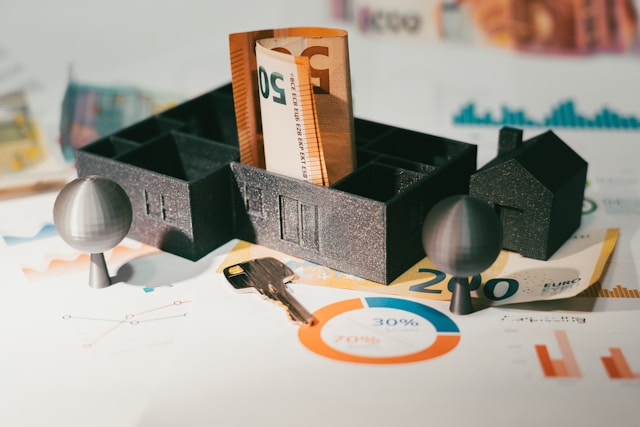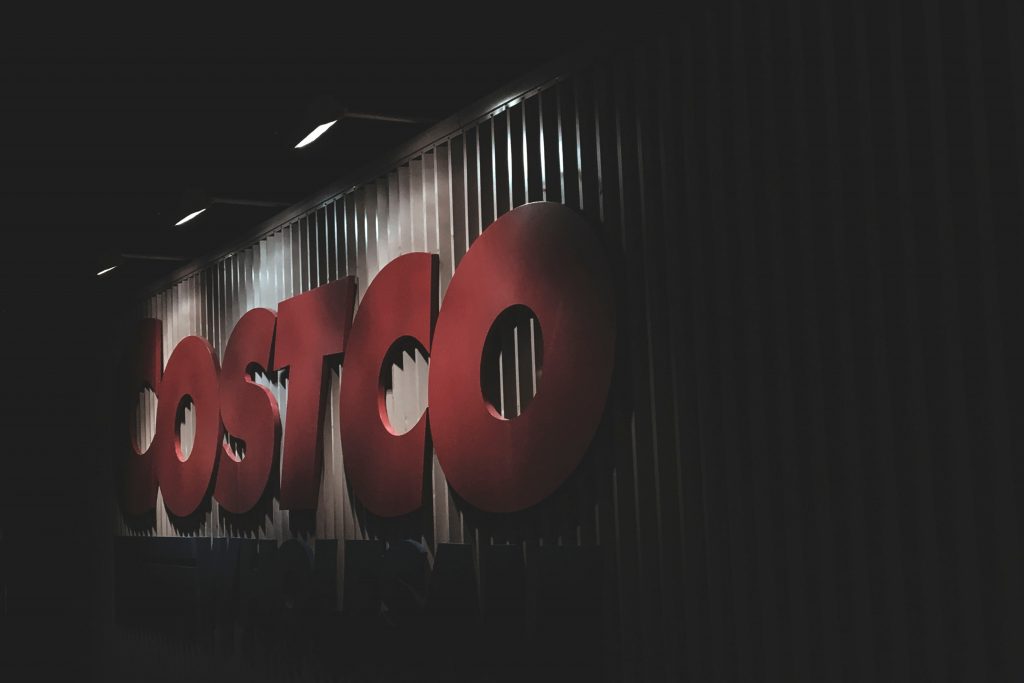Slip and fall incidents might seem minor at first glance, but they can have substantial implications for startups. These seemingly innocuous accidents are not just dangerous to employee health but also pose significant financial risks. From medical expenses to legal fees and compensation claims, the costs associated with slip and fall incidents can quickly escalate, straining the resources of young companies.
Furthermore, these incidents can lead to a loss of productivity and may impact a company’s reputation if not addressed promptly and effectively. It is crucial for startups to be proactive in identifying potential hazards and implementing comprehensive safety measures to mitigate the risks associated with slip and fall accidents.
Understanding the Scope of Slip and Fall Incidents
Slip and fall incidents are a common occurrence in various industries, affecting not just employees but also visitors and clients. The scope is broad, as such incidents can happen anywhere—whether it’s the office, warehouse, or even during work-related travel. Understanding where and how these incidents occur helps pinpoint preventive measures tailored to the specific risks associated with different environments. For startups, especially those with limited resources, focusing efforts on high-risk areas can maximize the impact of safety interventions.
These incidents aren’t only about wet floors or icy walkways. They can happen due to cluttered workspaces, poor lighting conditions, uneven surfaces, and inadequate footwear. Startups need to foster a culture of safety awareness among all employees, encouraging them to identify potential hazards and report them. Regular training and clear communication about safety protocols are vital steps toward reducing the frequency and severity of slip and fall accidents.
Legal Considerations and Compliance
Compliance with workplace safety laws and regulations is not just a legal obligation but a critical aspect of risk management for startups. Failing to comply can result in severe penalties, affecting the financial and reputational standing of a business. Familiarizing themselves with relevant legislation, such as OSHA regulations, helps startups understand their responsibilities and legal liabilities concerning slip and fall incidents. If the accident occurred in Georgia for example, a slip and fall accident lawyer in Atlanta, GA could assist with navigating the legal process and minimizing potential consequences. Startups must keep thorough records of safety training, hazard assessments, and incident reports to demonstrate their compliance efforts.
Financial Ramifications and Budgeting for Safety
While the immediate costs of an accident—such as medical bills and compensation—are evident, startups must also consider long-term financial implications. These include increased insurance premiums and potential litigation fees, which can place an undue burden on a fledgling company’s financial health. Therefore, budgeting for safety measures and creating an emergency fund for unanticipated accidents should be a fundamental part of any startup’s financial strategy.
Investing in safety doesn’t just refer to buying equipment or upgrading facilities. It involves adopting a holistic approach to workplace safety, including preventive maintenance, regular audits, and employee training. While the initial costs may seem burdensome, they are far outweighed by the potential savings from avoiding costly accident-related expenses.
Importance of Employee Training and Engagement
Employee training is a critical component in preventing slip and fall incidents. Well-informed and vigilant employees serve as an effective line of defense against hazards that could lead to accidents. Startups should invest in ongoing training programs that cover not only safety practices but also emphasize the importance of personal responsibility in maintaining a safe workplace.
Beyond training, fostering employee engagement is equally important. When employees are actively involved in safety initiatives and feel empowered to voice their concerns, it helps create a collaborative safety culture. Encouraging employee feedback on current safety policies and involving them in developing new protocols ensures that safety measures are practical, effective, and broadly supported.
Impact on Employee Morale and Productivity
The occurrence of slip and fall incidents can have a significant impact on employee morale. Witnessing colleagues get injured or experiencing an accident firsthand can create an atmosphere of fear and anxiety in the workplace. This psychological distress can lead to decreased productivity, as employees may become hesitant or distracted due to safety concerns.
Proactively addressing safety issues and demonstrating a commitment to employee well-being is key to maintaining high morale. Startups that prioritize safety not only protect their employees but also foster a positive work environment. By showing that they value employee safety, they can inspire greater confidence and loyalty among their workforce, ultimately leading to increased productivity.
Developing a Proactive Safety Culture
Creating a proactive safety culture within a startup involves more than just implementing procedures; it requires a shift in mindset. Leaders must demonstrate a genuine commitment to safety and encourage open communication about potential risks. Recognizing and rewarding safe behaviors can reinforce positive actions and elevate safety as a core company value. Integrating safety into everyday operations ensures it becomes a natural part of work processes.
Consistent evaluation and improvement of safety practices help address emerging risks, ensuring that the startup remains adaptable. By embedding a strong safety culture, startups can reduce the likelihood of slip and fall accidents, minimizing both physical and financial repercussions. Also, a proactive safety culture can serve as a competitive advantage in attracting and retaining top talent, emphasizing the company’s commitment to employee well-being.
Evaluating Safety Measures: Metrics and Feedback
Implementing safety measures is only the beginning; assessing their effectiveness is essential. Startups should establish clear metrics to evaluate the impact of their safety initiatives, tracking data such as the frequency of incidents and near-misses. This enables them to identify trends, refine current strategies, and allocate resources more effectively.
Feedback is also crucial in enhancing safety measures. Regular feedback sessions and anonymous surveys can provide valuable insights into the perceived effectiveness of current practices. Listening to employees’ firsthand experiences and suggestions can lead to more practical and impactful improvements. Through continuous evaluation and adjustment, startups can uphold safety standards and foster a safer workplace for all.
Slip and fall incidents pose a significant risk to startups, both in terms of financial strain and employee welfare. However, by prioritizing safety, startups can effectively mitigate these risks through careful planning and proactive measures. Establishing a strong safety culture, investing in employee training, and maintaining compliance with safety regulations are essential strategies that not only protect employees but also enhance organizational resilience.
With a commitment to continuous improvement and an open approach to feedback, startups can safeguard their futures and create a secure working environment that supports growth and success. By valuing safety as a fundamental company principle, startups not only reduce the likelihood and impact of accidents but also position themselves as responsible and attractive employers in their industry.


